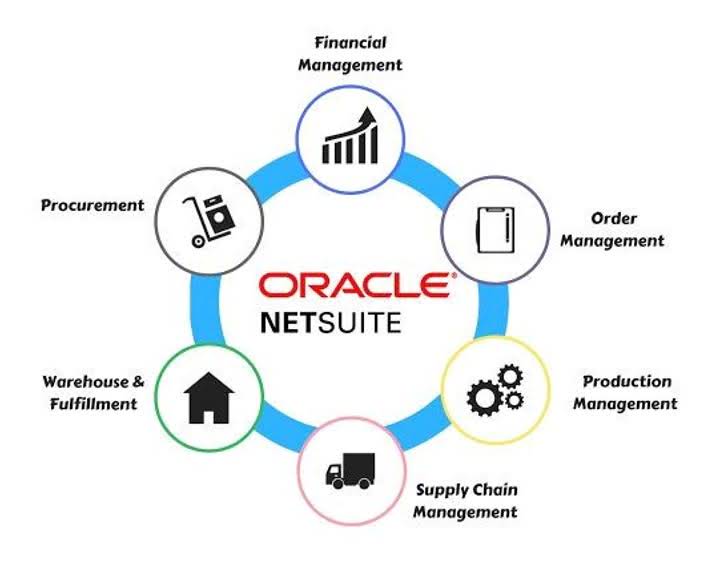
This investor will want to compare the rates offered on the bond and preferred stock. If common stockholders are at the bottom of the bankruptcy food chain for recouping at least assets = liabilities + equity some of their capital, preferred stockholders are closer to the middle – but not by all that much. Suffice to say, that – as with any investment – it’s critical for individual investors to understand the particular terms and features of the preferred stocks they are buying.
Comparison with Common Stock
- However, institutions may receive a highly attractive tax advantage in the dividends received deduction on that income that individuals do not.
- Dividend policies play a significant role in shaping the attractiveness of non-cumulative preferred stock.
- Non-cumulative preferred stock does not issue any omitted or unpaid dividends.
- Any arrears would not accumulate for the future in case of noncumulative preference shares (stock) and thus would not be able to claim it, thereby leading to no obligation on the issuing company.
- Non-cumulative preferred stock does not accumulate unpaid dividends; if dividends are not paid in a period, they are lost.
The highest ranking is called prior, followed by first preference, second preference, etc. When preferred stock shares are acquired, they come with a stated dividend rate. This rate is the stated dollar value amount or the percentage of the par value. If one year the company decides not to pay dividends, they won’t pay it the next year. As a result, the investor loses his or her right to claim any unpaid dividends. A non-cumulative dividend is a type of preferred stock that does not owe any missed payments.
( . If the preferred stock is noncumulative:

Certain links may direct you away from Bank of America to an unaffiliated site. Bank of America has not been involved in the preparation of the content supplied at the unaffiliated sites and does not guarantee or assume any responsibility for its content. When you visit these sites, you are agreeing to all of their terms of use, including their privacy and security policies. Venture debt has become an increasingly popular instrument for startups and growth-stage companies…

Why Would I Buy Preference Shares Instead of Common Stock Shares?

Investors must weigh the pros and cons based on their risk tolerance and investment goals, while companies must consider the impact on their financial strategy and shareholder relations. Investors often weigh the pros and cons of cumulative and non-cumulative preferred stock based on their investment goals. Cumulative preferred stock is generally seen as less risky, non cumulative preferred stock especially in industries like utilities where steady income is expected.

Consider the SPDR® ICE Preferred Securities ETF
The economy slows down; the company can only afford to pay half the dividend and owes the cumulative preferred shareholder $300 per share. The next year, the economy is even worse and the company can pay no dividend at all; it then owes the shareholder $900 per share. Cumulative preferred stock is one type of preferred law firm chart of accounts stock; a preferred stock typically has a fixed dividend yield based on the par value of the stock.
- Most companies are reluctant to issue noncumulative stocks because shrewd investors are unlikely to buy this class of shares—unless they’re offered at significant discounts.
- When the company gets through the trouble and starts paying out dividends again, standard preferred stock shareholders possess no rights to receive any missed dividends.
- Online trading platforms and robo-advisors have made it easier for individual investors to access and trade preferred stocks, broadening the investor base.
- Individual and institutional investors can both benefit from the steady income that they can be paid.
- The business in the 5th year was great, so the management declared a dividend to its shareholders.
